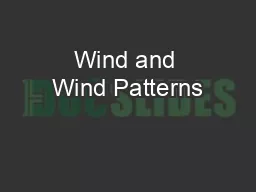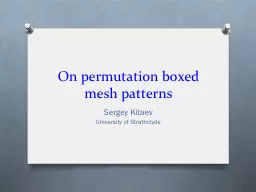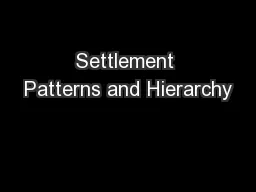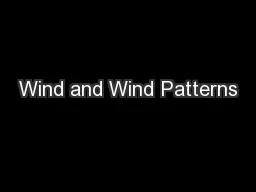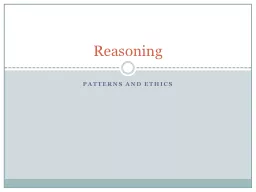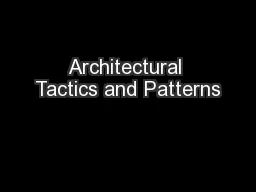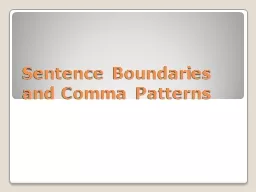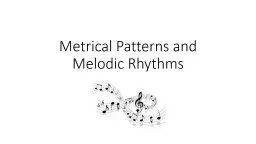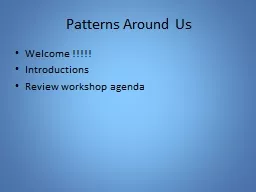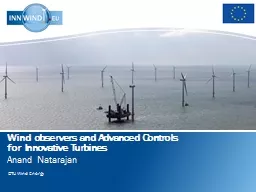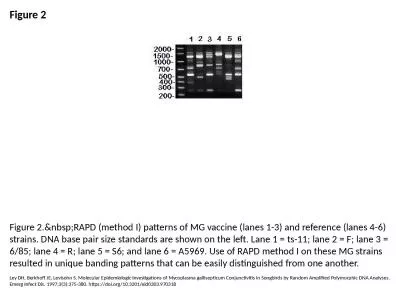PPT-Wind and Wind Patterns
Author : karlyn-bohler | Published Date : 2017-06-30
Chapter 22 Guided Notes What is Weather Weather is the condition of Earths atmosphere at a particular time and place What is Wind Wind is air moving across the
Presentation Embed Code
Download Presentation
Download Presentation The PPT/PDF document "Wind and Wind Patterns" is the property of its rightful owner. Permission is granted to download and print the materials on this website for personal, non-commercial use only, and to display it on your personal computer provided you do not modify the materials and that you retain all copyright notices contained in the materials. By downloading content from our website, you accept the terms of this agreement.
Wind and Wind Patterns: Transcript
Download Rules Of Document
"Wind and Wind Patterns"The content belongs to its owner. You may download and print it for personal use, without modification, and keep all copyright notices. By downloading, you agree to these terms.
Related Documents

